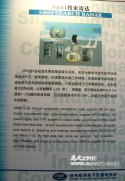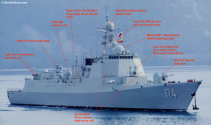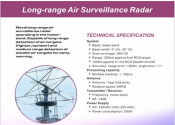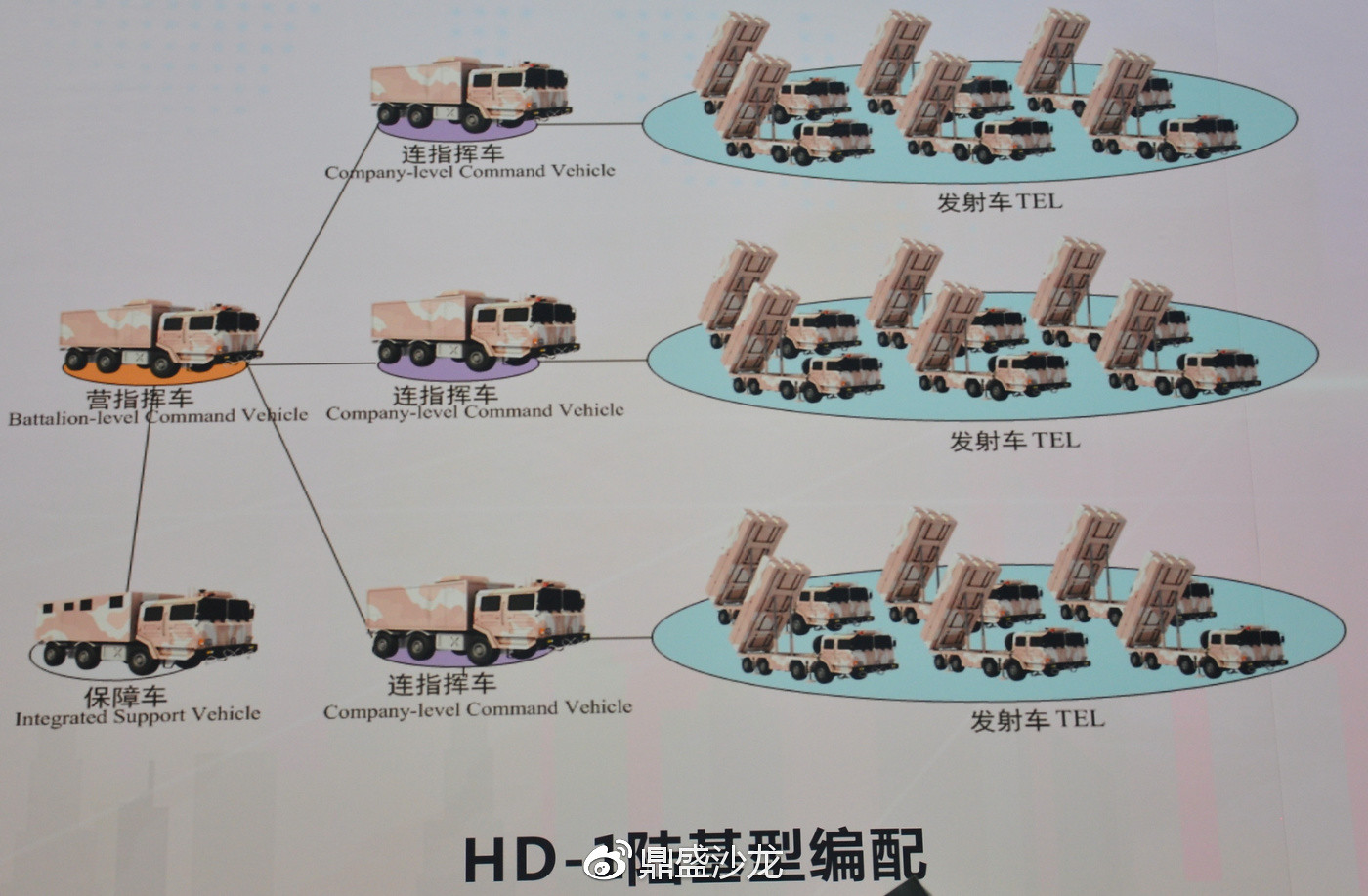Accuracy can be improved with digital post processing. However, to reduce the beamwidth you need to overhaul the entire front-end of the radar. The Type 517 "brochure" that's linked on Wikipedia has just 2 rows of 2 Yagi-Uda antennas and a claimed beamwidth of 5 degrees. The much larger JY-27 has a beamwidth of 7 degrees. That's an obvious red flag.
There are two ways to narrow the beamwidth: stack more elements on the Yagi-Uda, which makes it longer. Stack the Yagi-Udas either horizontally or vertically, or both. The latter is which most of the very capable VHF radars do, because that also happens to be the more practical solution.
Finally, VHF radars are known to have issues with high speed low altitude targets. Incidentally, the JY-27 radar was destroyed by IAF in Syria in 2019. Possibly by a low flying F-16, although no confirmation was given by IAF.
That's true VHF radars have issues with low flying aircraft but that was settled with MTI with Doppler filtering. Best case of a VHF radar dealing with an antiship missile in a true hostile condition was the HMS Sheffield.
The HMS Sheffield uses a VHF search radar called the Type 965. We can use Wiki for this.
The Sheffield did not pick up the Super Etendards at 30m but the Type 965 radar did pick them up when they pop up at 37 meters. The rest is a failure of leadership, lack of proper IFF, ECM and CIWS. This radar did not have MTI/MTD and Doppler Filtering until in later editions. Even early SPY-1 has issues with sea skimmers until MTI and Doppler Filtering was introduced. (MTD = MTI with monopulse and fully coherent processing).
That's the Type 965 radar there on the HMS Sheffield after her fateful moment.

The Type 517M radar on the 052D doesn't work in isolation. Its backed by other radars, most notably the Type 364 (SR64 export name) radar. This radar features Pulse Compression and AMTD with the ability to pick up targets < 1m2 RCS and up to Mach 3.

With the Type 364/SR64 located right here for maximum radar horizon:

JY-27 in Syria could be the result of Syrian poor defenses. Meaning the F-16 could still be detected but the Syrians didn't have the air defense [or the competence] to shoot it down. Nonetheless, the radar was up the next day, which makes me suspect this might have been a dummy.







